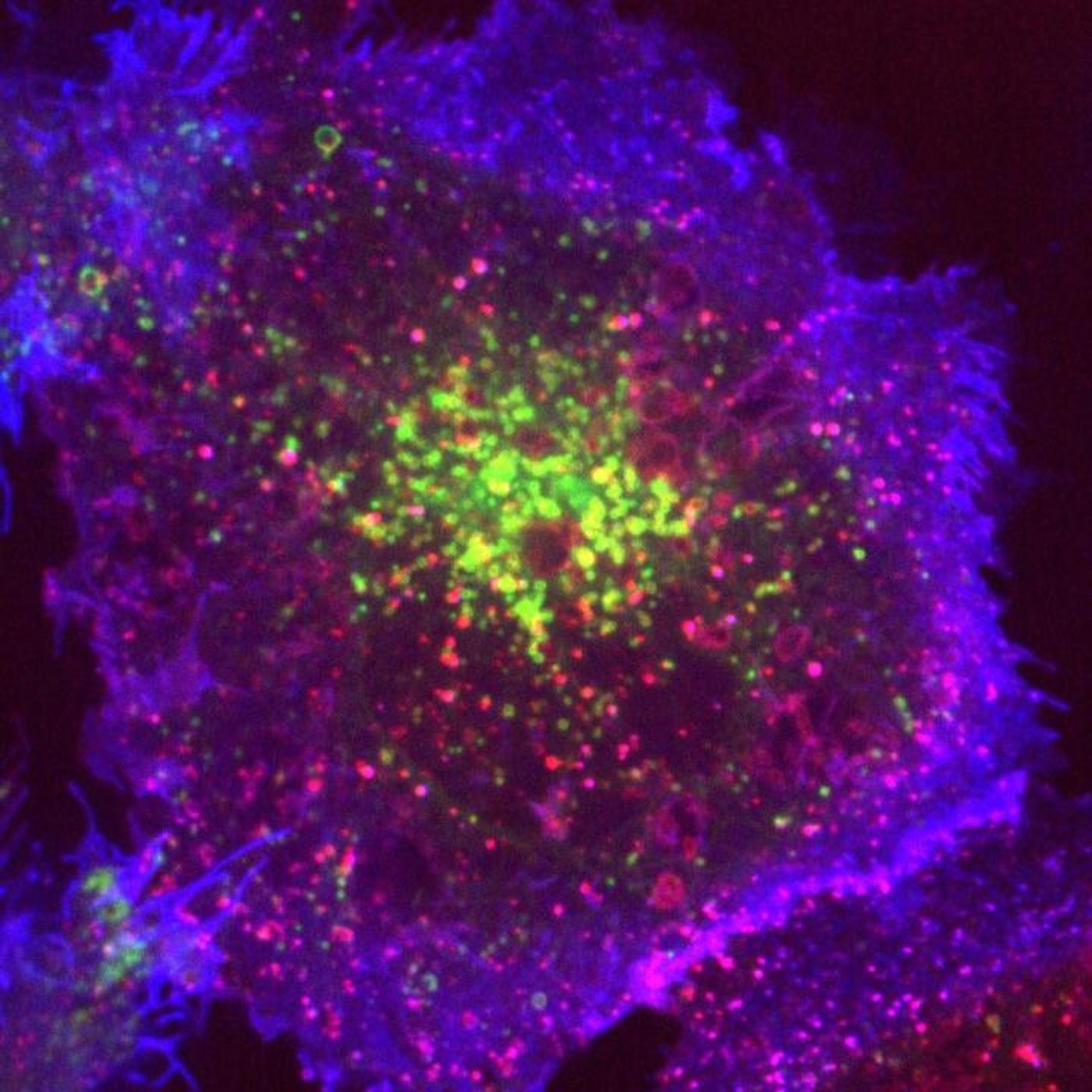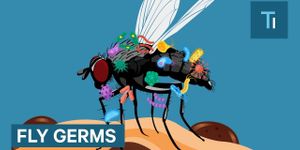Scientists Created a way to Induce Endocytosis in Cells
Endocytosis is a critical cellular function; it is used to absorb vital materials and can facilitate cell growth, motility, and communication. Now researchers have found a way to trigger the process, clathrin-mediated endocytosis, in the lab. Reporting in The Journal of Cell Biology, they describe how a chemical called rapamycin triggers endocytosis all over a cell after diffusing into it. While scientists have studied the process for decades, this is the first time it has been controlled. It may help investigators perfect ways to deliver drugs or nanoparticles directly to certain cells.
"We've compared our method to 'hot-wiring' a car. When this happens in the movies, a bad guy breaks into a car and just twists some wires together to start the car and make a getaway,” explained the senior author of the report, Dr. Stephen Royle, a senior Cancer Research UK fellow at Warwick Medical School.
"To trigger endocytosis we used the cell's own proteins, but we modified them. We chopped out all the unnecessary parts and just left the bare essentials. We call the process of triggering endocytosis 'hot-wiring' because it is similar to just twisting the wires together rather than having a key,” he continued.
“It turns out that movies are not like real life, and hot-wiring a car is actually quite difficult and takes a while. So our systems are more like the Hollywood version than real life!"
The researchers added another degree of control to the procedure so endocytosis can be triggered in specific regions. This light-sensitive version of the method uses blue light to narrow the area where endocytosis occurs. That means that the time and location can be controlled.
Scientists can now use this protocol to study how endocytosis is timed, as well as what proteins are involved. It may also allow for the delivery of molecules, such as therapeutic nanoparticles, directly to certain areas of specific cells, like cancerous tumors.
In the video above, Dr. Royle briefly discusses his work.
Sources: AAAS/Eurekealert! Via University of Warwick, The Journal of Cell Biology









